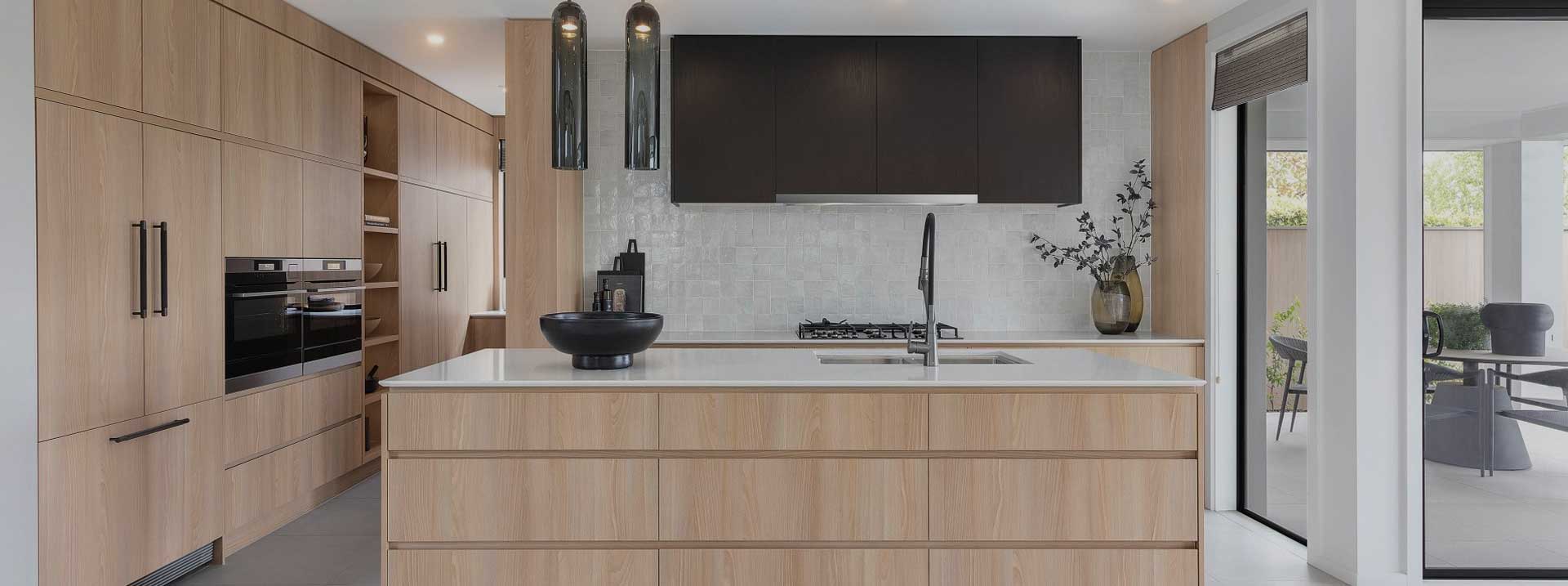Accurately estimating the cost of a property renovation is one of the most challenging, yet vital, steps for any homeowner. There’s no single fixed answer, as costs fluctuate significantly based on numerous factors specific to the project. A financially sound home renovation starts with thorough research and careful budgeting, well before any work begins. Securing a fixed price quote from your builder also helps protect you from unexpected costs down the track.
KEY FACTORS INFLUENCING RENOVATION COSTS IN AUSTRALIA
1. SCOPE & SCALE OF THE PROJECT
- Cosmetic vs. Structural. Minor cosmetic refreshes like painting, new flooring, or updated light fittings are far less costly than structural changes, such as removing load-bearing walls, adding extensions, or converting a loft or garage. Structural work often requires engaging engineers and can involve council planning approvals.
- Type of Rooms. Kitchens and bathrooms typically incur the highest renovation costs due to the need for plumbing, waterproofing, tiling, and specialist fixtures and appliances. Living areas and bedrooms are generally more affordable to update.
2. QUALITY OF MATERIALS & FINISHES
- Standard vs. Premium. The choice of materials has a direct impact on your budget. Opting for bespoke joinery, high-end stone benchtops, imported tiles, or designer tapware will significantly increase expenditure compared to ready-made off-the-shelf options.
- Fittings & Appliances. Costs for items like bathroom fittings and fixtures, ovens, cooktops, and appliances range from budget to luxury brands, directly influencing the overall price.
3. LABOUR & PROFESSIONAL FEES
- Tradie Rates. The rates for builders, plumbers, electricians, plasterers, and other qualified tradespeople vary and also depend on their experience and demand.
- Consultant Fees. Engaging architects, structural engineers, building surveyors, or interior designers adds to the initial cost. However, their expertise can prevent costly mistakes, ensure compliance with Australian building codes and optimise the design for long-term value.
4. PROPERTY’S CURRENT CONDITION & AGE
- Hidden Issues. Older Australian properties, especially those from the early to mid-20th century, can conceal unforeseen problems like asbestos, outdated wiring, deteriorated plumbing, or damp. Uncovering and rectifying these issues can significantly inflate the budget.
- Compliance Upgrades. Renovating older homes can often involve significant work to meet current Australian Building Code standards, potentially leading to unexpected costs. That’s why it’s essential to work with a qualified, experienced builder who understands these requirements.
5. LOCATION & MARKET CONDITIONS
- State & City Variations. Renovation costs, especially labour, can vary significantly across Australia. In major metropolitan areas like Melbourne, you can typically expect higher costs compared to regional centres, due to increased demand and higher trade rates.
- Material Supply. Fluctuations in material prices due to supply chain challenges or inflation can also impact the final project cost.
6. CONTINGENCY FUND
- Unforeseen/Incidental Expenses. It is important to allocate an additional 15% of your total estimated budget as a contingency fund. This financial buffer is invaluable for covering unexpected issues that could arise during renovations, especially in older properties or complex structural work. For added peace of mind, choose a builder who offers a fixed upfront price quote.
By thoroughly researching these factors and planning meticulously, you can establish a far more realistic budget for your property renovation, helping to ensure the project proceeds smoothly and financially as planned.

